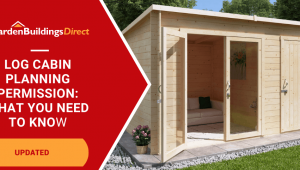Jump to:
A garden is a real perk—but if you live in a terraced or semi-detached house or in an urban area, privacy can be hard to come by. The feeling of being overlooked isn’t great, with neighbours and passersby able to see straight in.
If you’re looking for ways to make your outdoor space feel a little more like a private retreat, we’ve put together some ideas to help.
Start with Good Fencing
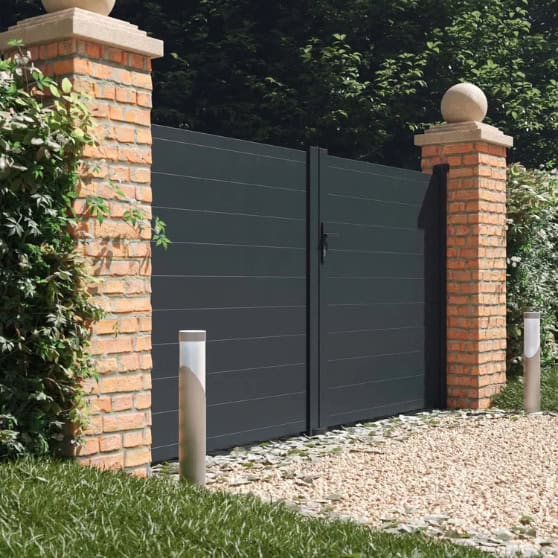
Privacy is a crucial aspect of enjoying your garden, and fences are proven to improve that. A tall, well-built fence does a great job of blocking direct views from the outside world. Acoustic fencing can even help with noise reduction, while closeboard fencing works well as a windbreak—both making your garden feel more secluded.
Fences don’t just block the view; they also act as a physical barrier, making it harder for intruders to scope out your property. You can go up to 6’6” (2 metres) without needing planning permission, but if you want anything taller, you’ll have to get approval first.
Pair Fences with Fast-Growing Trees
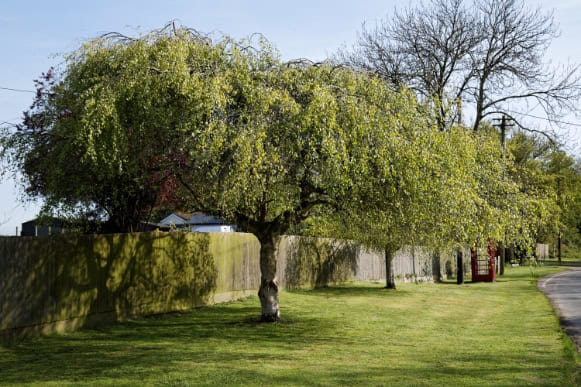
(Image Credit: Wikimedia Commons)
Sometimes, fence height regulations aren’t enough to block the view from neighbouring gardens or balconies. Luckily, trees can work as well! A thick tree line, in particular, makes it harder for those passing by or nosy onlookers to see your property from above, while a fence takes care of ground-level privacy.
We’re not just talking about any trees—we mean fast-growing ones, so you get the coverage as soon as possible. That way, you’re not waiting years for them to grow tall enough to get the job done. Have a look at our ‘Guide to the UK’s Fastest Growing Trees’ to find the best options for your garden.
Tip: Go for trees with denser foliage for better noise reduction, wind protection, and security.
Small Shrubs as Living Fence
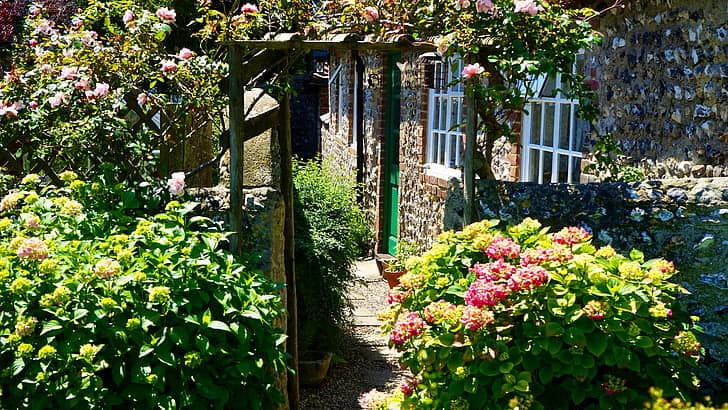
Now, if you’re limited to growing small shrubs, a living fence is a wonderful solution to mark those property lines. You could grow hedges densely in a tight row or shape them into topiary for something a bit more unique. Or, if you prefer something with movement, go for plants that grow tall and sway, like Blue Cloak White Fir, Sunset Glow Bamboo, or ‘Moonglow’ Junipers.
The best part about a living fence? You won’t have to deal with the extra costs of maintenance, like fixing rotting panels or repainting, down the line. And once it matures, it becomes a sustainable, long-lasting structure. It grows, repairs itself, and thrives—all with minimal effort from you!
Go All in with Double Wrapping
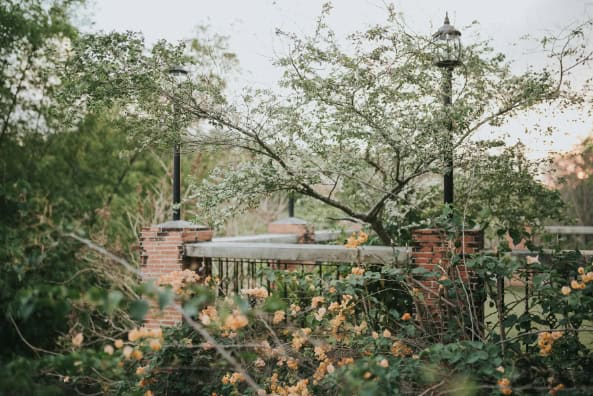
Got a large garden or backyard to screen off? Double wrapping is your best bet, especially if you want a more green and natural approach. Instead of relying on a single row of trees, you add a second layer for better coverage.
To do this, plant a row of your chosen trees along the far-end boundary with hedgings, like yew, beech, or privet, for extra coverage. Then, plant a smaller group of trees, such as Japanese maple or crab apple, further inside the garden for added screening. This setup helps block views, adds depth, and makes a lower-level garden feel more private.
Tip: Fences can be paired with tall rows of trees and hedging or used instead of smaller trees for added privacy.
Turn Garden Screens into a Design Feature
Garden screenings are one of our favourites for achieving privacy without making gardens feel closed in. They look good, too, often with open designs that create a sense of separate ‘rooms’.
Unlike fences or hedges, they’re more flexible—you can place them exactly where you need coverage. For instance, use them to direct the view towards key focal points or garden features. Or, a common technique is to position them around seating areas and patios for a bit of extra privacy.
They come in a range of materials, patterns, and finishes. A popular choice is decorative laser-cut screens made from solid Corten steel because they’re built to last and look smart. For more options, these ‘10 Wonderful Screening Ideas’ are worth checking out.
Grow Climbers on Arbours and Arches
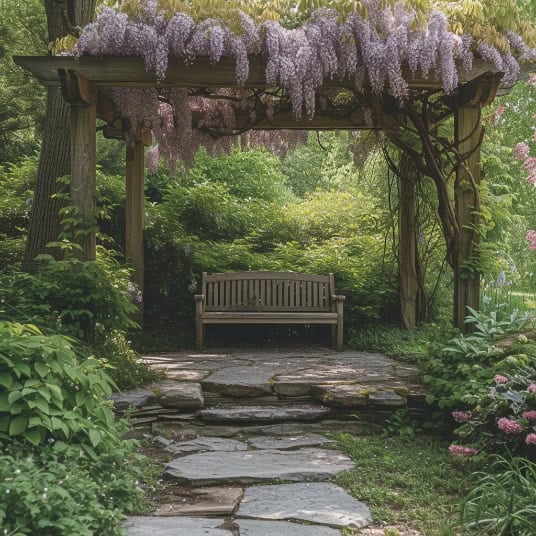
Arbours and arches on their own won’t give you full coverage, but once they’re covered in flowering vines or climbers, they do a good job of screening. They work as a secondary privacy feature and a great alternative to solid screens like steel or natural options like bamboo.
As the plants grow, they weave through the structure, creating a leafy barrier that adds privacy, shade, and a bit of character. They’re also great for dividing up different areas of the garden or marking an entrance to a more secluded spot.
Our personal favourites? Wisteria, Honeysuckle, and Roses for their flowers and scent. If you want something that fills out quickly, try Climbing Hydrangea, Passionflower, or Virginia Creeper. For year-round coverage, Clematis, Ivy, or Star Jasmine are solid choices.
Try this on a pergola, too, if you have one. Our guide on “How to Grow Plants and Vines on a Pergola” can help you get started.
Trellis for Subtle Screening
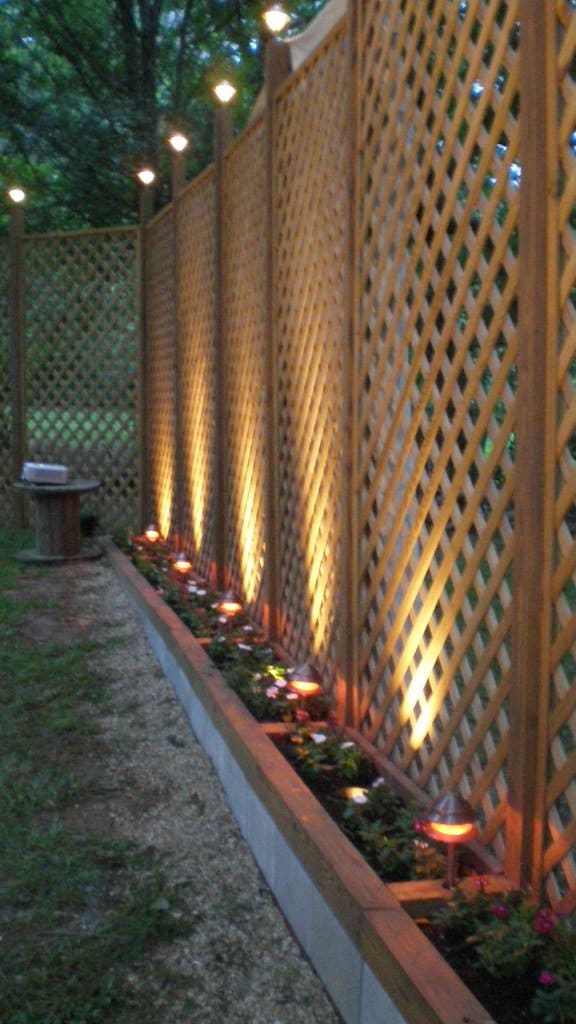
Want a bit of privacy without a solid fence, hedge, or the effort of double wrapping? Trellises are for you! Lattice trellises, for one, give you some coverage while still keeping things open and airy, thanks to their patterned design.
This is also a great low-cost alternative to solid fencing, and you can do it yourself. Fix sturdy trellis panels in place, making sure they stand on their own or are secured with posts. Try arranging them in a row or at angles to break up views without making the space feel boxed in.
Consider a Windowless Shed
For our last two tips, we’re going with something a bit different—but trust us, they work. Let’s start with a windowless shed. Now, why this type of structure?
Without windows, there’s no chance of prying eyes peeking in, keeping your tools, kids’ bikes, and other belongings out of sight. And since it’s an outdoor building, it naturally blocks views into certain areas of your garden.
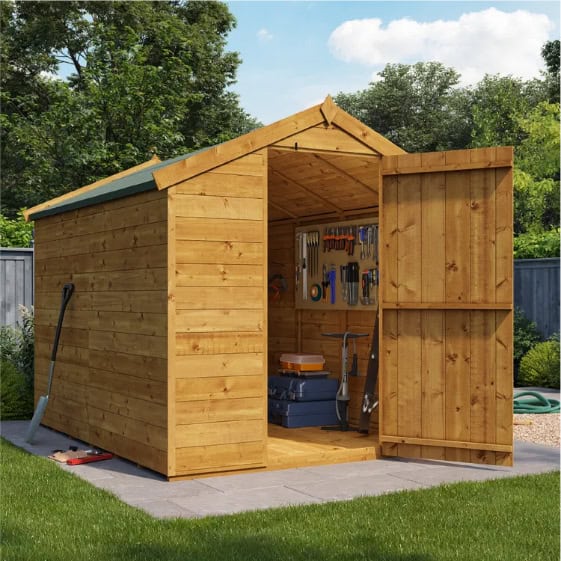
Take the BillyOh Storer Tongue and Groove Apex Shed in windowless and 8×6 options, for instance. It’s compact enough to fit in most gardens but still big enough to store tools, furniture, or anything else you’d rather keep hidden. Placed in the right spot, it can also shield seating areas, patios, or workspaces from neighbours or passersby.
Beyond security, going windowless also helps protect your belongings from UV damage. Worried about natural light? You can always add battery-powered lights or fit a skylight to brighten the space without sacrificing privacy.
Summer House as a Private Retreat
If you’ve already got fencing, trees, or screens around your garden but still want a private spot to relax without being on show, a summer house could be just the thing. You’ll love how a summer house gives you a fully enclosed space to relax in.
While summer houses often have large floor-to-ceiling windows, you can choose one with windows facing only one or two directions. This helps control sightlines, limiting views from certain angles while still letting in natural light.
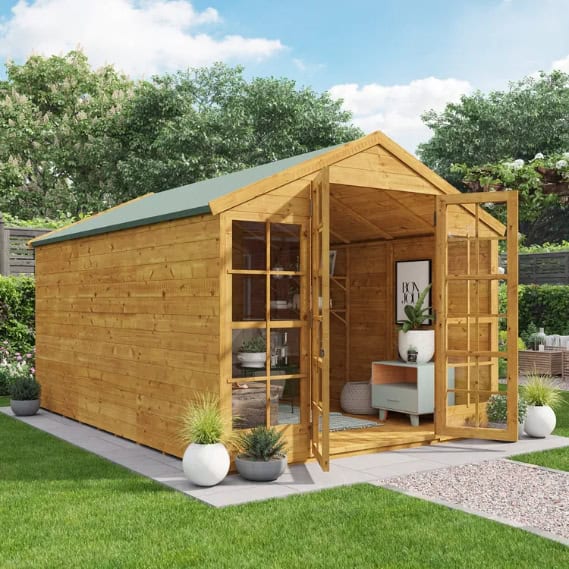
One option worth considering is the BillyOh Harper Tongue and Groove Apex Summerhouse. It features Georgian bar windows, including on the wide double doors, to maximise sunlight—even if they only face one direction or the front.
Not to mention, the solid timber walls naturally help block external noise—especially those made with tongue and groove cladding. Some garden rooms, like insulated log cabins, even have extra insulation to reduce noise even further.
With your own private retreat, you can invite friends over for a chat or a small get-together in the garden without worrying about watchful eyes.
Round-up
With these garden privacy ideas, you can now have a private outdoor retreat where you can spend time gardening, entertain friends, or relax and enjoy some me time away from unwanted attention.
If you’re thinking about placing a shed or garden room near a fence, this guide might help: How Close Can Your Shed Be to a Fence?




